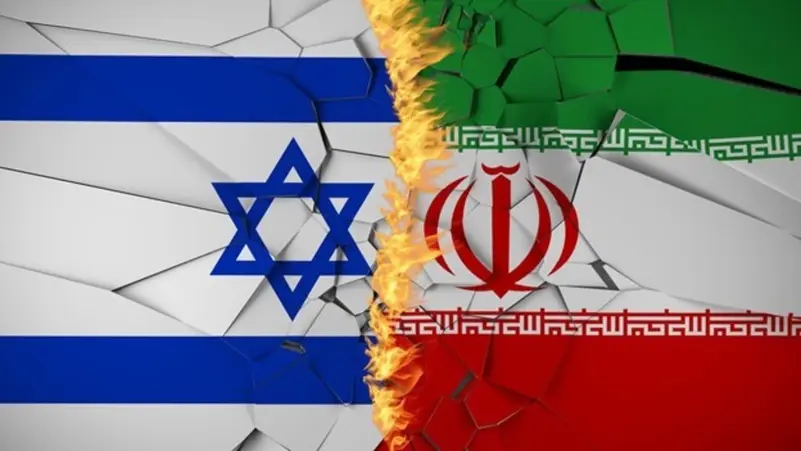
Israel’s air strike on April 1st targeting the annex of the Iranian consulate in Syria resulted in at least seven deaths among the Quds Force, including four key commanders operational in Iran’s regime activities in Syria. The gathering of these commanders in a single building and Israel’s awareness of it highlight another aspect of Israel’s intelligence penetration into the Islamic Republic’s structure. A challenge that current Iranian leaders have yet to find a solution for.
The next issue is the eroded political legitimacy of the Islamic Republic among the Iranian people, in the face of such operations which, over the years and months, have claimed the lives of many IRGC commanders inside or outside of Iran. The commanders killed in recent years played key roles in the deadly suppression of Iranian civil protests advocating for democracy and normalization of relations with the world, which were met with military gunfire by the government. According to human rights organizations, about 600 people lost their lives directly by regime suppression forces, namely IRGC, in the 2022 protests alone. A 580-page report by a fact-finding committee vividly illustrates the severe level of killings and crimes. The deaths of figures from Qasem Soleimani to Mohammad Reza Zahedi have invariably generated indescribable joy among the Iranian people, a fact well-known to Israel.
Continuous information from the International Atomic Energy Agency indicates that the policy direction of the Islamic Republic’s rulers in Iran is moving towards acquiring nuclear weapons. Recent comments from diplomats participating in the March 4th meeting mentioned that Western powers lack serious determination to confront Iran’s complete non-cooperation with the UN nuclear watchdog. Rafael Grossi, the IAEA’s director-general, stated in a Board of Governors meeting, “Iran’s enriched uranium stockpiles continue to grow, although the level of enrichment has slightly decreased to 60%.” The agency had announced about two months ago that Iran had accelerated its high-purity uranium enrichment. The West’s indifference and appeasement towards this issue have been met with increasing concerns in Israel, especially after Hamas’s October 7 attack. It seems that Israel’s recent attacks on Islamic Republic positions should be seen more as part of Israel’s strategic decision for its survival rather than directly related to Iran’s regime collaboration with Hamas.
Will the regime governing Iran respond equivalently to the Israeli air strike on April 1st? The history of the Islamic Republic’s military responses mostly indicates operational diversion. From targeting a Ukrainian passenger plane to the notorious coordinated attack in Ain al-Assad and a missile strike on a businessman’s home in Erbil, Iraq, all confirm a deviation from an equivalent military response. It appears that the leaders of the Islamic Republic are profoundly apprehensive of a full-scale military confrontation with Israel, knowing it would lead to the collapse of the political system and the destruction of the Islamic Republic in Iran. But before asking whether the regime will respond equivalently to the April 1st air strike, we must first look inside the Islamic Republic. Concerns over the impending death of Ali Khamenei and the issue of his succession have pitted different layers of the economic and security oligarchy against each other. Some may consider the survival of an Islamic Republic that adheres to minimum political standards, while others continue to support the current regime’s policies with distinctive characteristics, ensuring a safe haven for acquiring nuclear weapons. The lack of a clear security policy against attacks from Israel and America stems from this situation. Western security officials might engage in negotiations with the faction seeking survival, paving the way for a hassle-free political transition. This becomes one of the few remaining issues on the table after the collapse and inactivity of the regime’s opposition.
The power struggle within the structure of the Islamic Republic will eventually reveal that this time, contrary to past records, extremist approaches in the regime might prevail, leading to a widespread war between Iran and Israel—a conflict that, in my view, would mark the end of the Islamic Republic. What is most apparent is the absence of an organized and operational opposition among the dissenters. Both the scattered Republicans and the monarchists led by Reza Pahlavi have not presented any kind of strategic political program to date, and for a long time, many Iranians have considered them as mummified relics in a museum rather than as saviors in their quest for democracy in Iran.